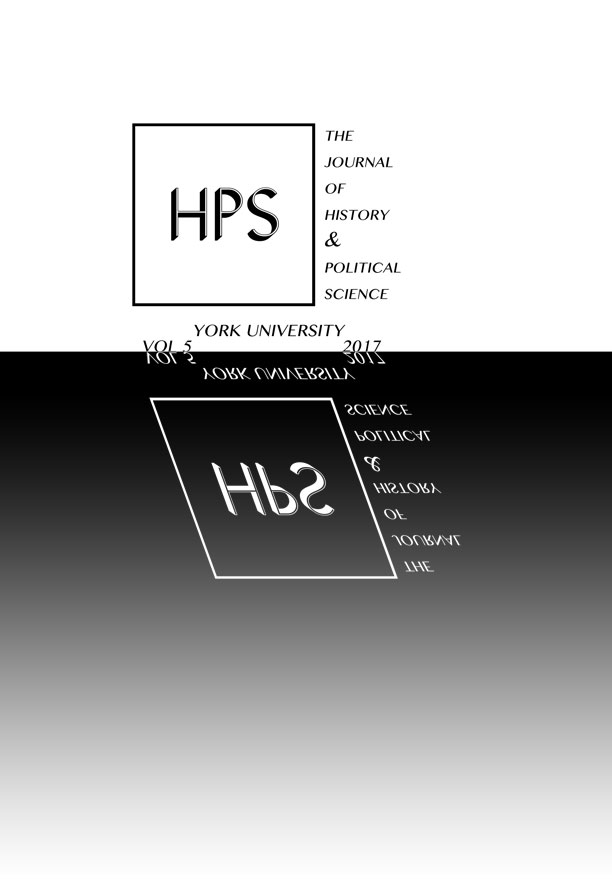“Plus Ten Percent for Forcible Taking:” Construction of the St. Lawrence Seaway as Environmental Racism on Kahnawà:ke
DOI:
https://doi.org/10.25071/2291-3637.40247Abstract
The construction of massive economic-development projects disproportionately impact Indigenous communities in what is now Canada, and is defined by Melissa Checker as environmental racism. This paper explores the imposition process of the St. Lawrence Seaway on the Kanien’kehá:ka community of Caughnawaga, Quebec. The colonial relationship Glen Coulthard describes is used to frame the power dynamics between the state and the community of Caughnawaga in the conception, construction, and compensation phases of the St. Lawrence Seaway. The initial location of the Seaway was on the southern part of the island of Montreal, though shifted on Caughnawaga in future development interests of the city, as uncovered by a draft report completed by Joan Holmes and Associates in 1999. The cabinet conclusions from the Parliament of Canada between 1955 and 1956 discussed concern of legality surrounding the expropriation of reserve land. Ministers declared the legal incongruity could be resolved with amending the St. Lawrence Seaway Authority Act to define the St. Lawrence Seaway Authority as a corporation. The amendment allowed for the Authority to forcibly take lands within Caughnawaga via Section 35 of the Indian Act, removing non-consenting families from their homes. The oral history accounts conducted by Kahnawà:ke community members Stephanie K. Phillips and Dwayne Stacey emphasized the unjust nature of the Seaway. Joan Holmes and Associates confirmed lack of notification of the expropriation to Caughnawaga, often following the actions, and compensation was insufficient when able to compare to private appraisers.

